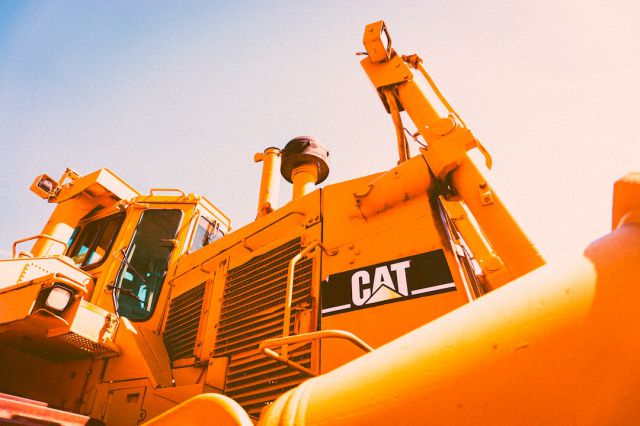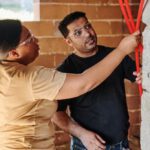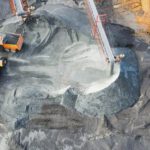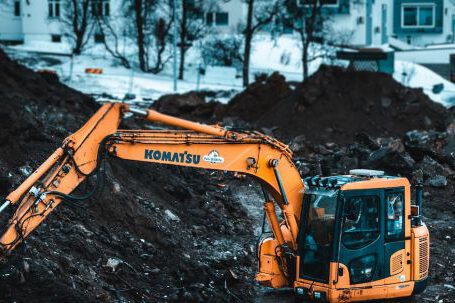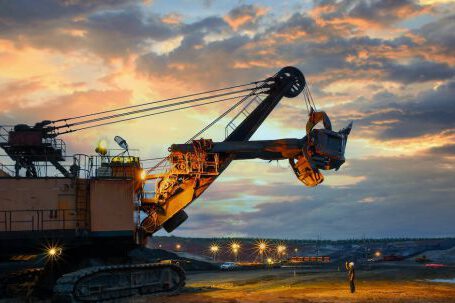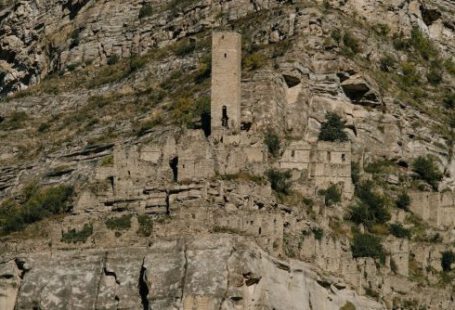The effectiveness of earthmoving machinery is essential for many businesses, from construction to agriculture. Understanding the basics of earthmoving machinery can help you get the job done quickly, efficiently, and safely. This article will provide an overview of the different types of earthmoving machinery and how they are used.
Types of Earthmoving Machinery
Earthmoving machinery includes a variety of machines and vehicles designed to move soil, rocks, and other materials around a work site. They can be used for a variety of tasks, from digging trenches to demolishing buildings.
The most common types of earthmoving machinery are:
- Bulldozers
- Backhoes
- Excavators
- Loaders
- Skid steers
- Trenchers
- Dump trucks
Each type of machine has its own unique features and capabilities, which can help you select the right machine for the job.
Bulldozers
Bulldozers are large, powerful machines designed to move large amounts of dirt and debris. They are equipped with a blade at the front of the vehicle, which is used to push materials. Bulldozers are usually used for larger construction projects, such as clearing land for roads or building foundations.
Backhoes
Backhoes are large machines with a bucket at the front and an arm at the rear. They are used to dig trenches and holes. The bucket is used to scoop up the dirt and the arm is used to move the dirt away from the trench or hole. Backhoes are usually used for smaller projects, such as digging foundations for small buildings.
Excavators
Excavators are large machines with a bucket at the front and an arm that can rotate 360 degrees. They are used for digging and moving large amounts of material. Excavators are usually used for larger projects, such as digging trenches for pipelines or foundations for large buildings.
Loaders
Loaders are versatile machines that can be used for a variety of tasks. They are equipped with a large bucket at the front and an arm that can rotate 360 degrees. Loaders are used for a variety of tasks, such as loading materials into dump trucks and excavators, or grading and leveling land.
Skid Steers
Skid steers are smaller, more agile machines than bulldozers or loaders. They are usually equipped with a bucket at the front and have small tracks or wheels on the back. Skid steers are used for a variety of tasks, such as digging trenches, moving materials, and grading land.
Trenchers
Trenchers are machines used to dig trenches. They are equipped with a long arm with a rotating blade at the end. The blade is used to cut through soil and rocks. Trenchers are usually used for smaller projects, such as installing underground utilities.
Dump Trucks
Dump trucks are large vehicles with a large bed at the back. They are used to carry large amounts of dirt and debris from one location to another. Dump trucks are usually used to transport materials to and from construction sites.
Safety Considerations
When operating earthmoving machinery, it is important to take safety precautions. All operators should be properly trained and certified to operate the machine. Safety equipment, such as hard hats and safety glasses, should also be worn. When operating any earthmoving machinery, it is important to follow all safety guidelines to ensure the safety of yourself and others.
Conclusion
Earthmoving machinery is essential for many businesses, from construction to agriculture. Understanding the basics of earthmoving machinery is essential for getting the job done quickly, efficiently, and safely. This article has provided an overview of the different types of earthmoving machinery and how they are used. By understanding the different types of machinery and taking safety precautions, you can ensure that the job is done correctly and safely every time.

